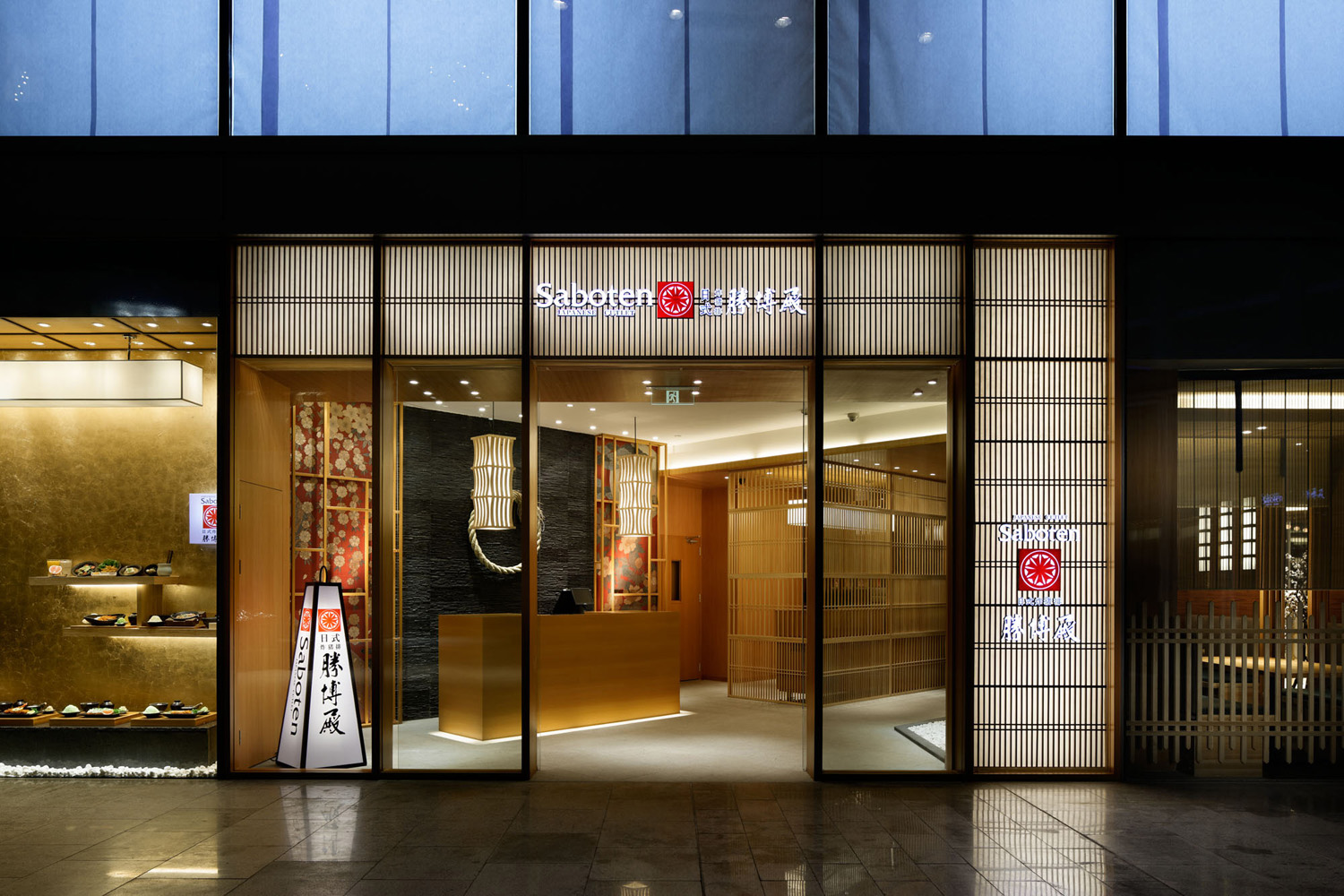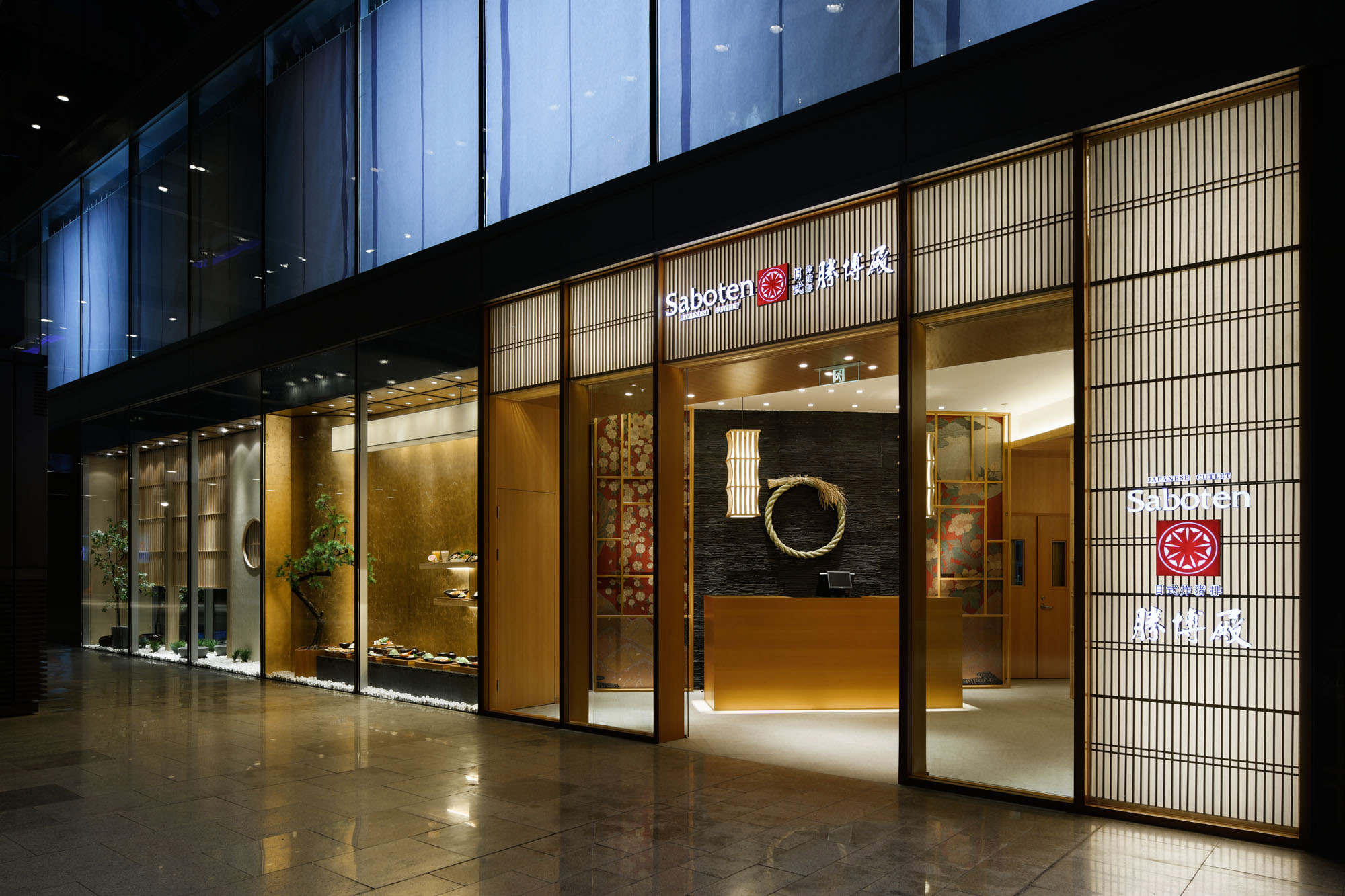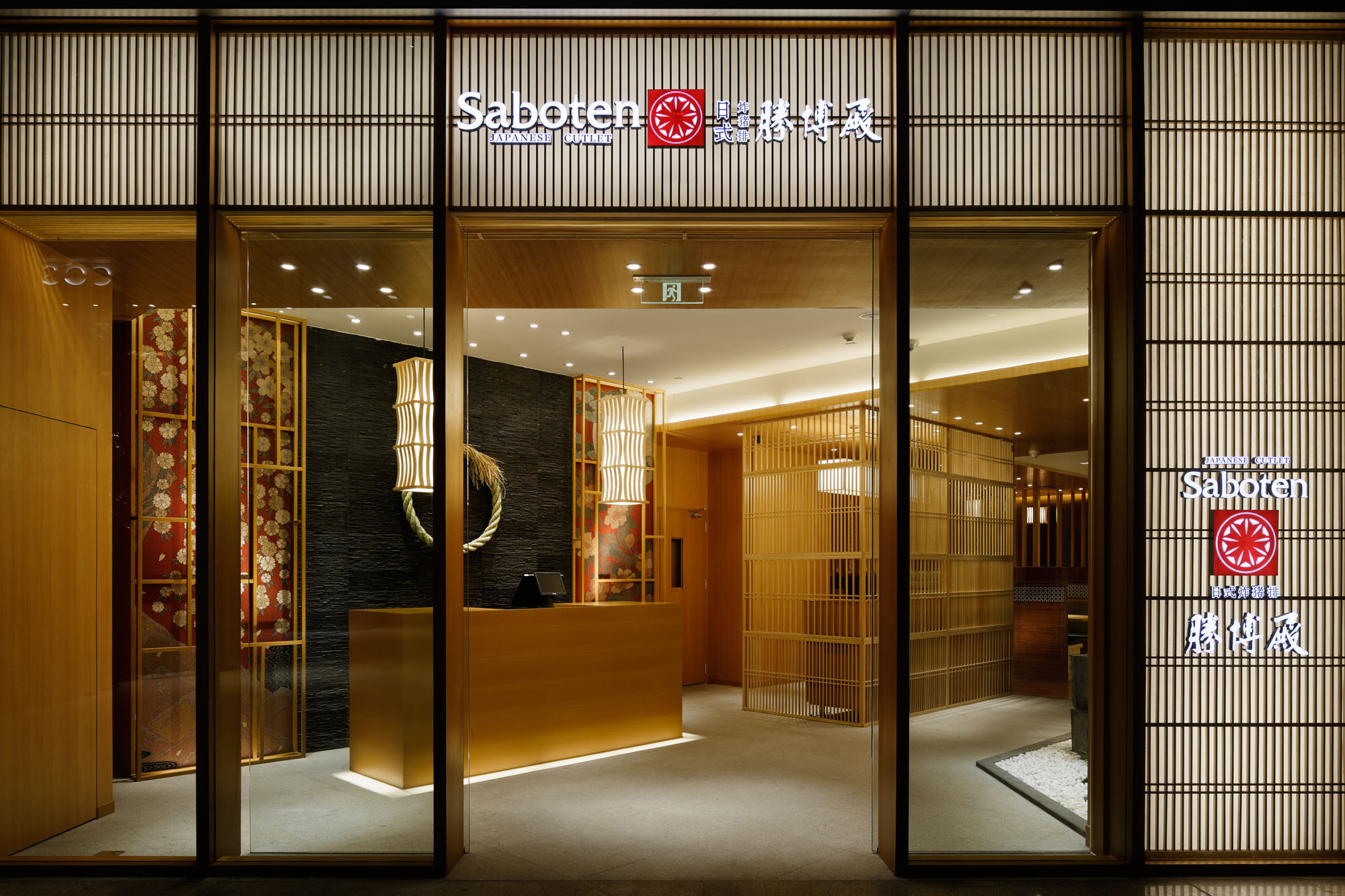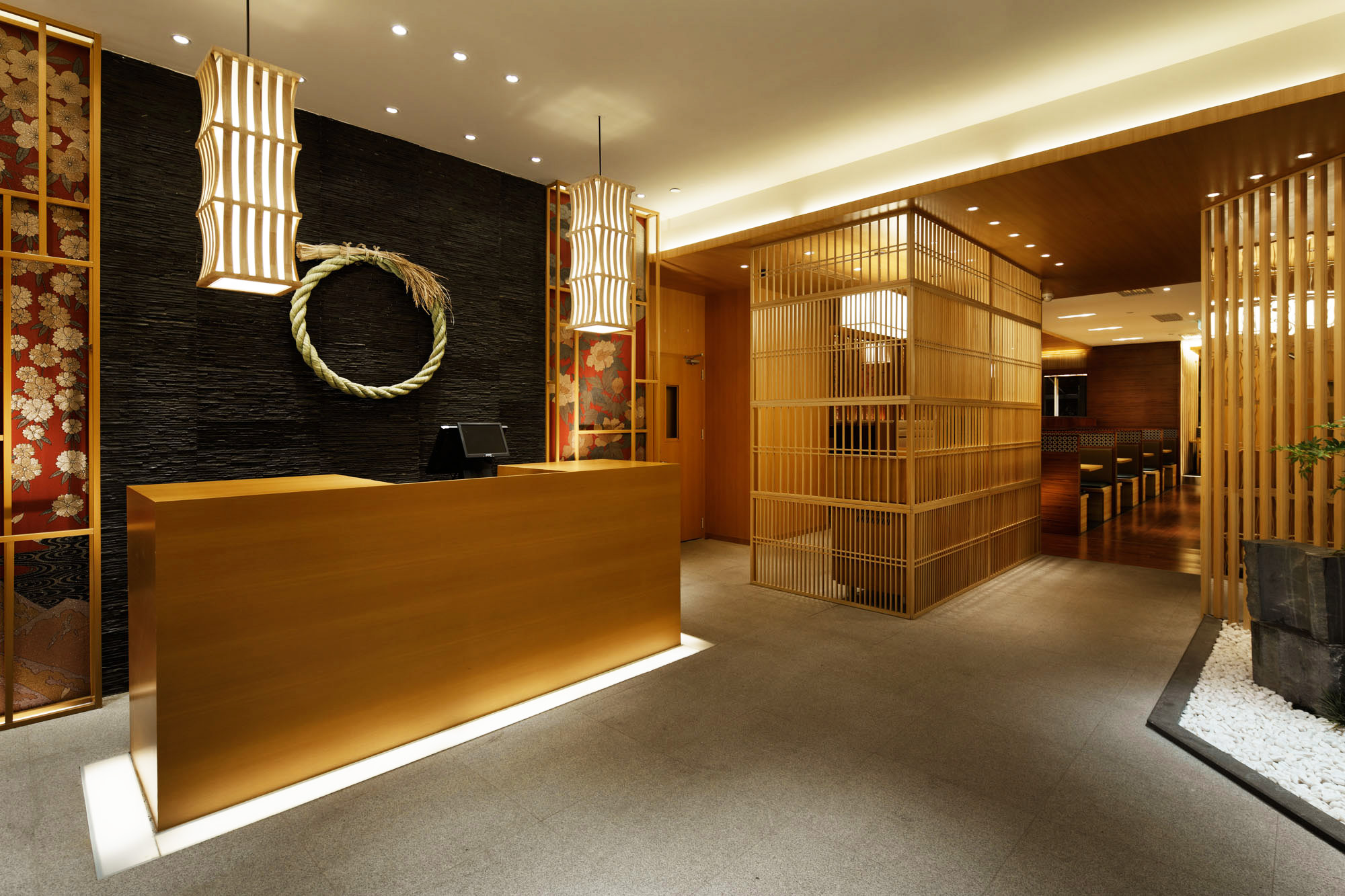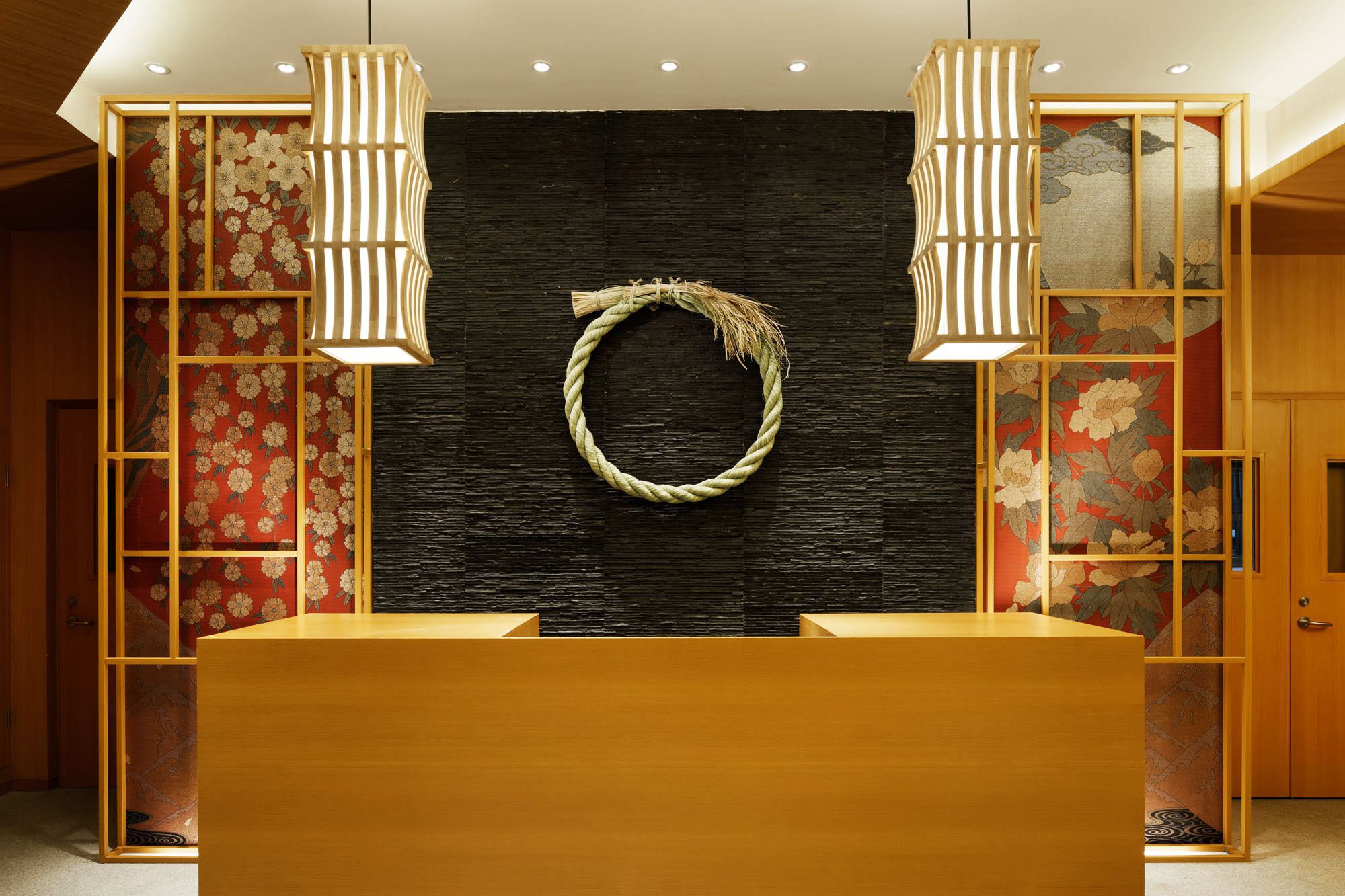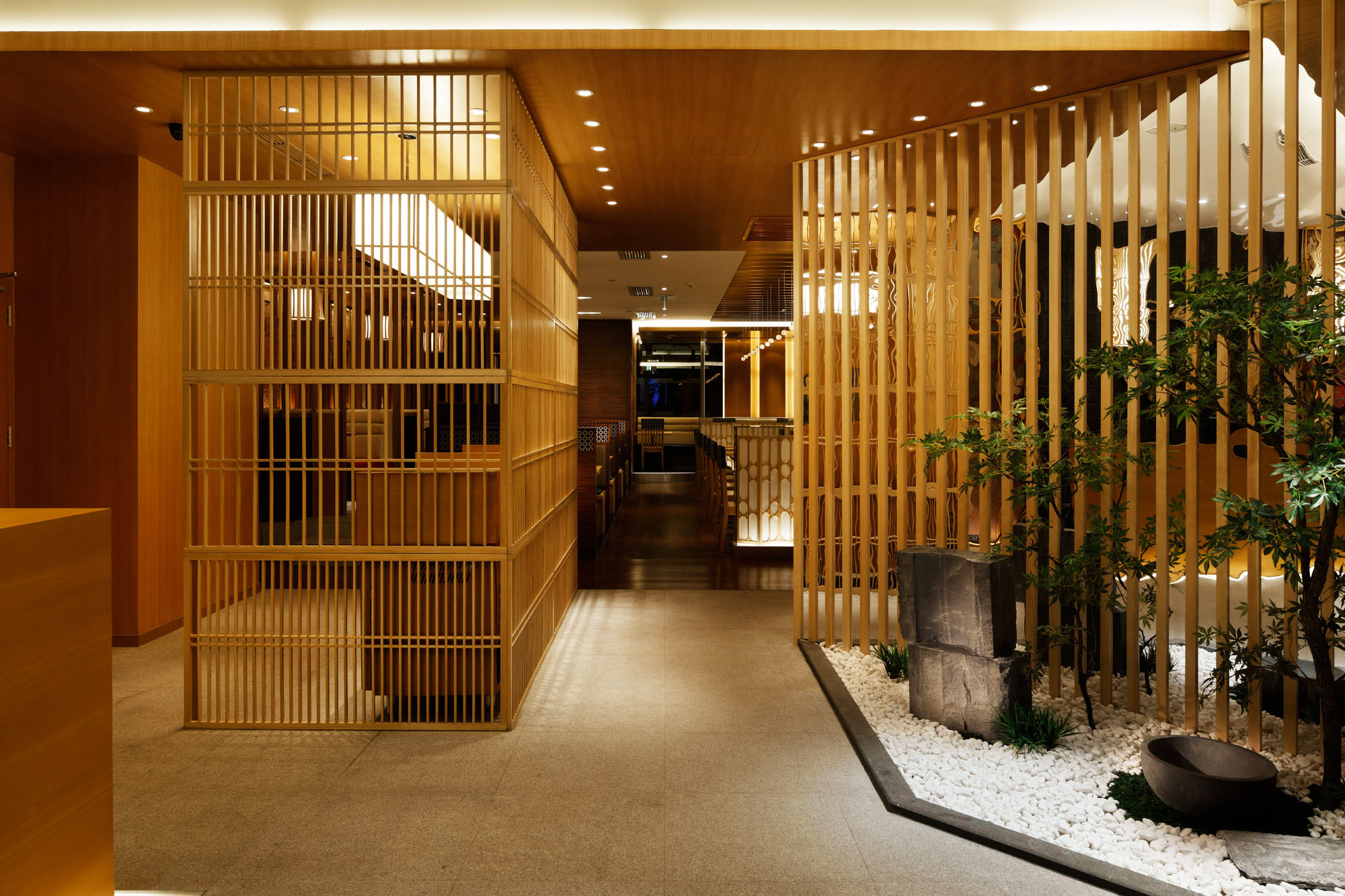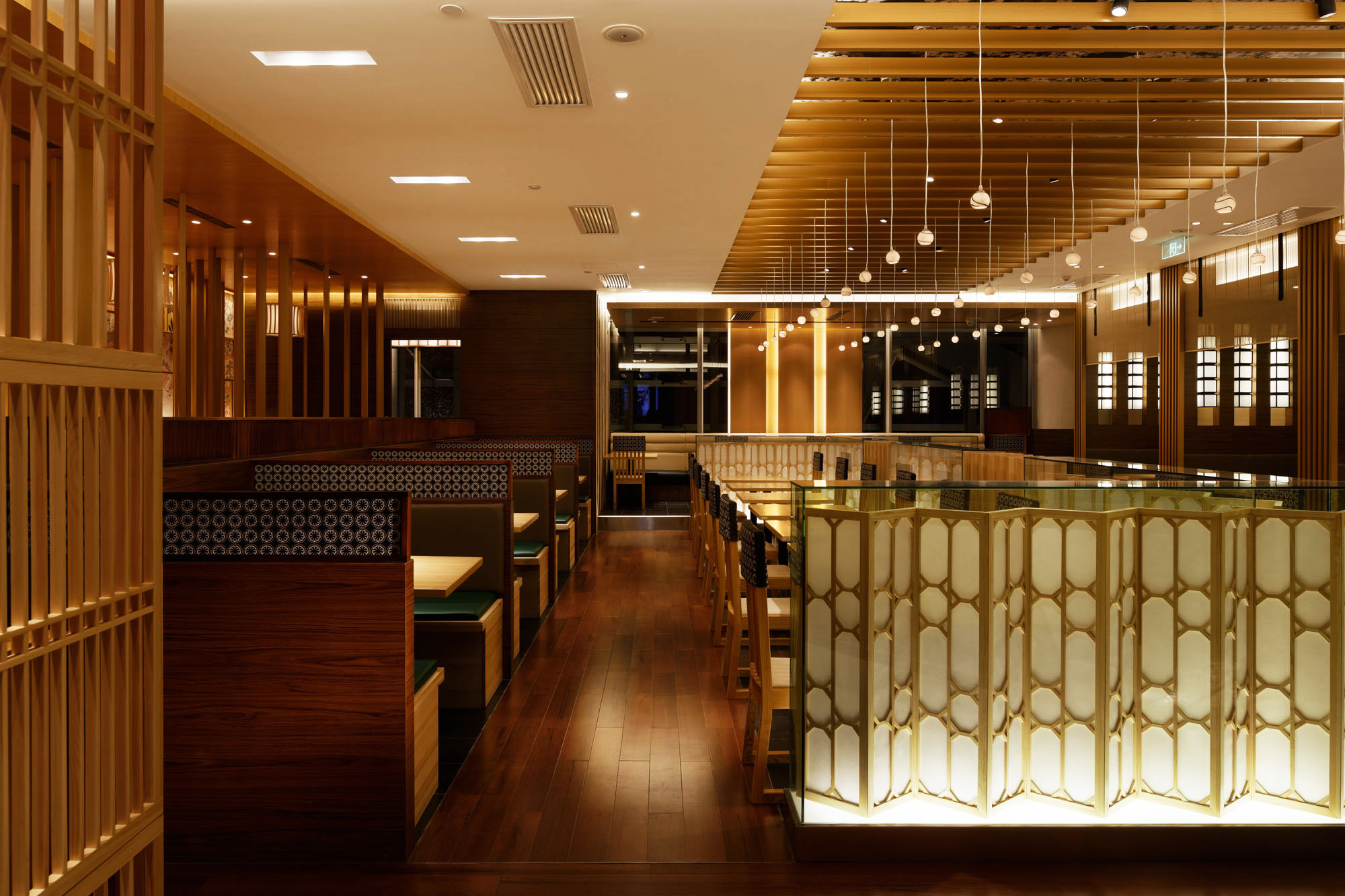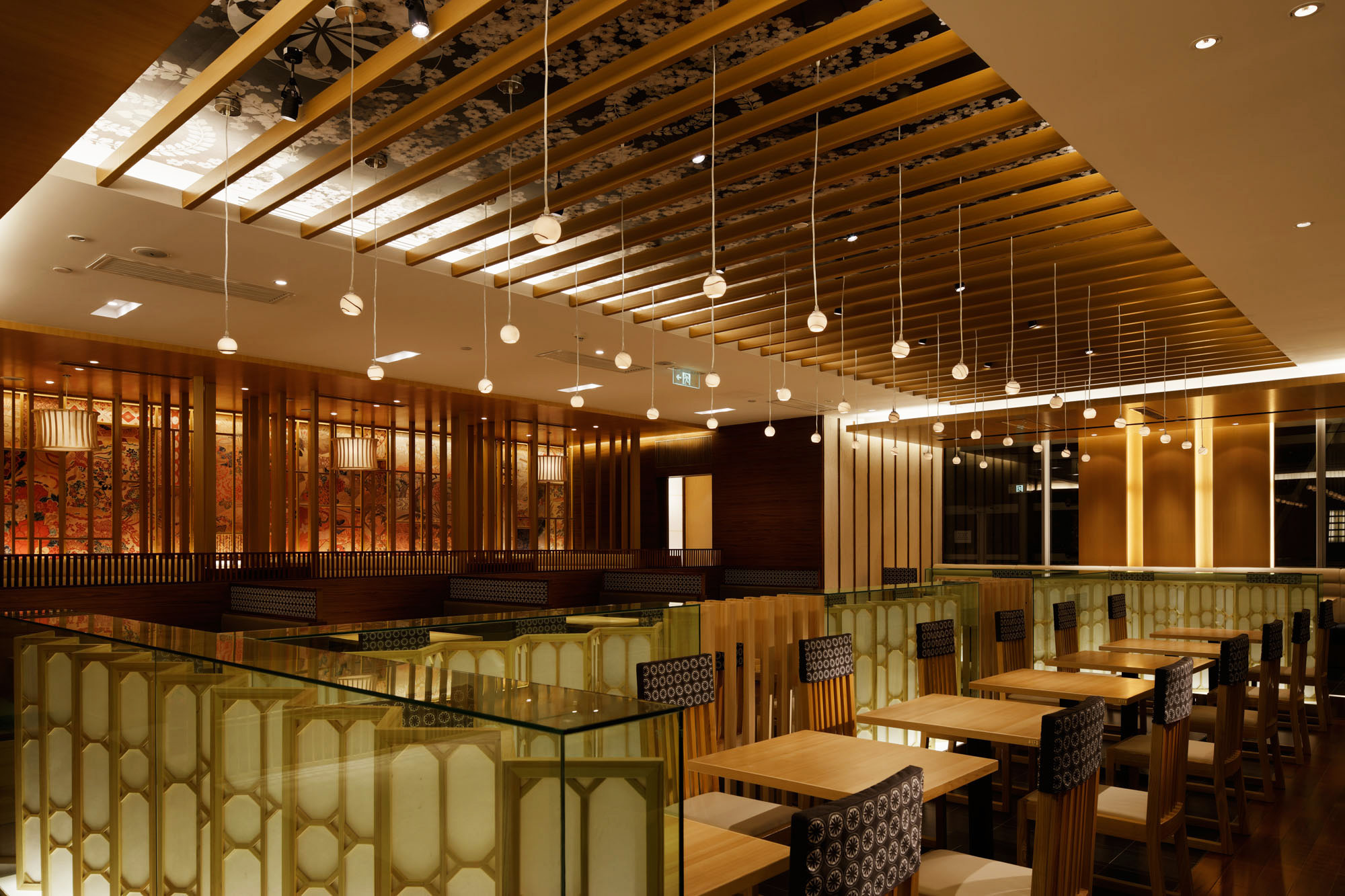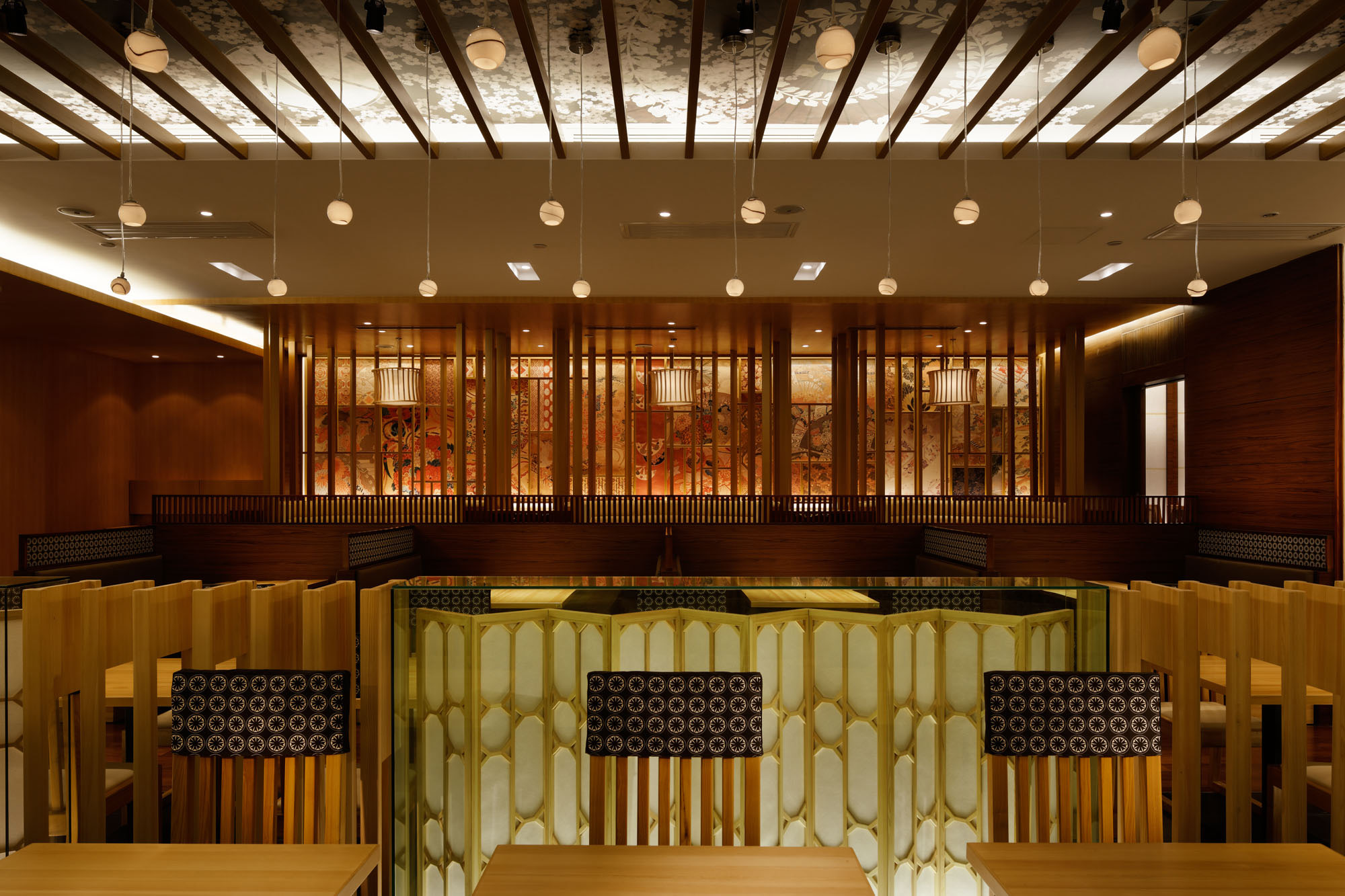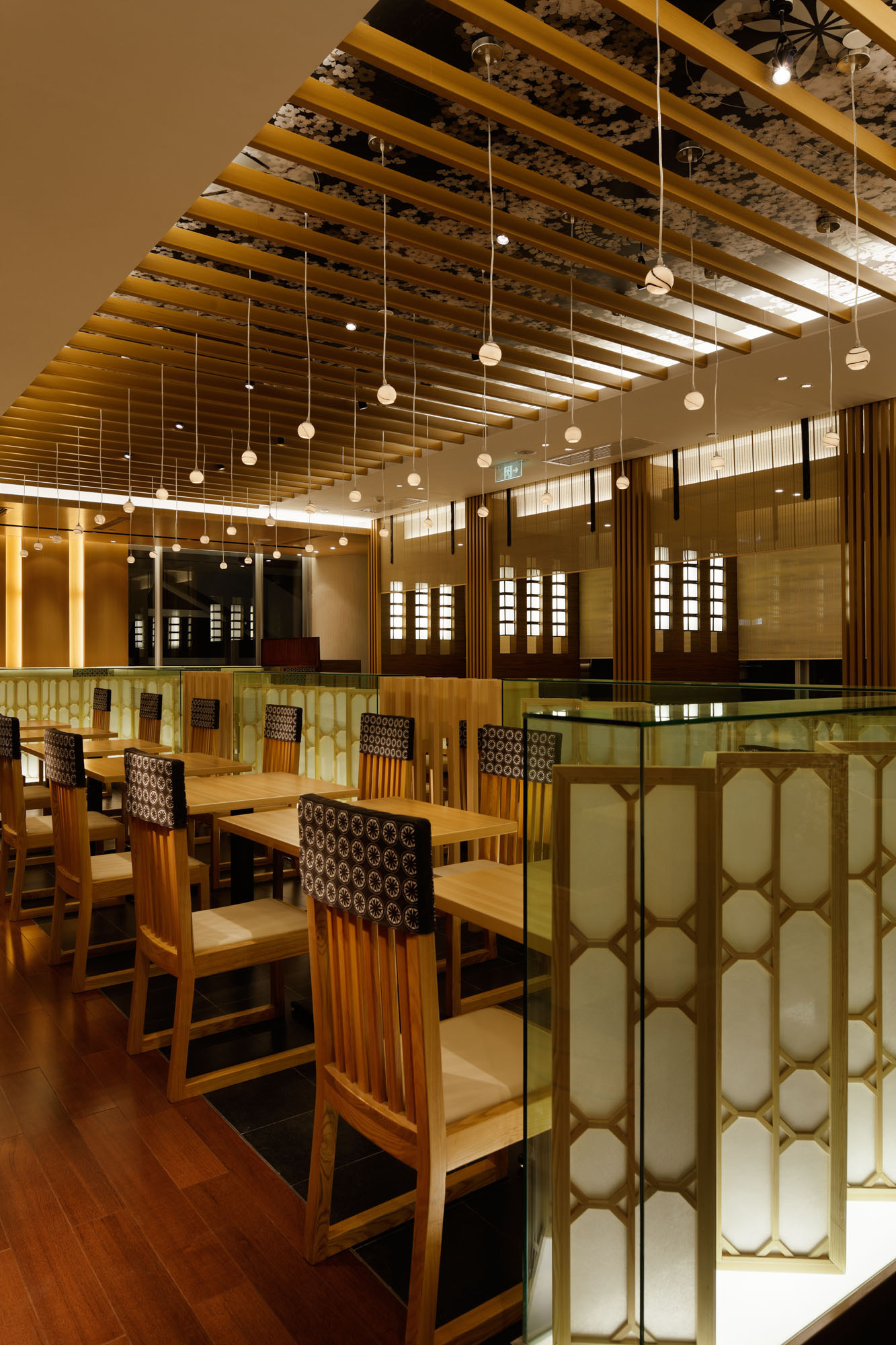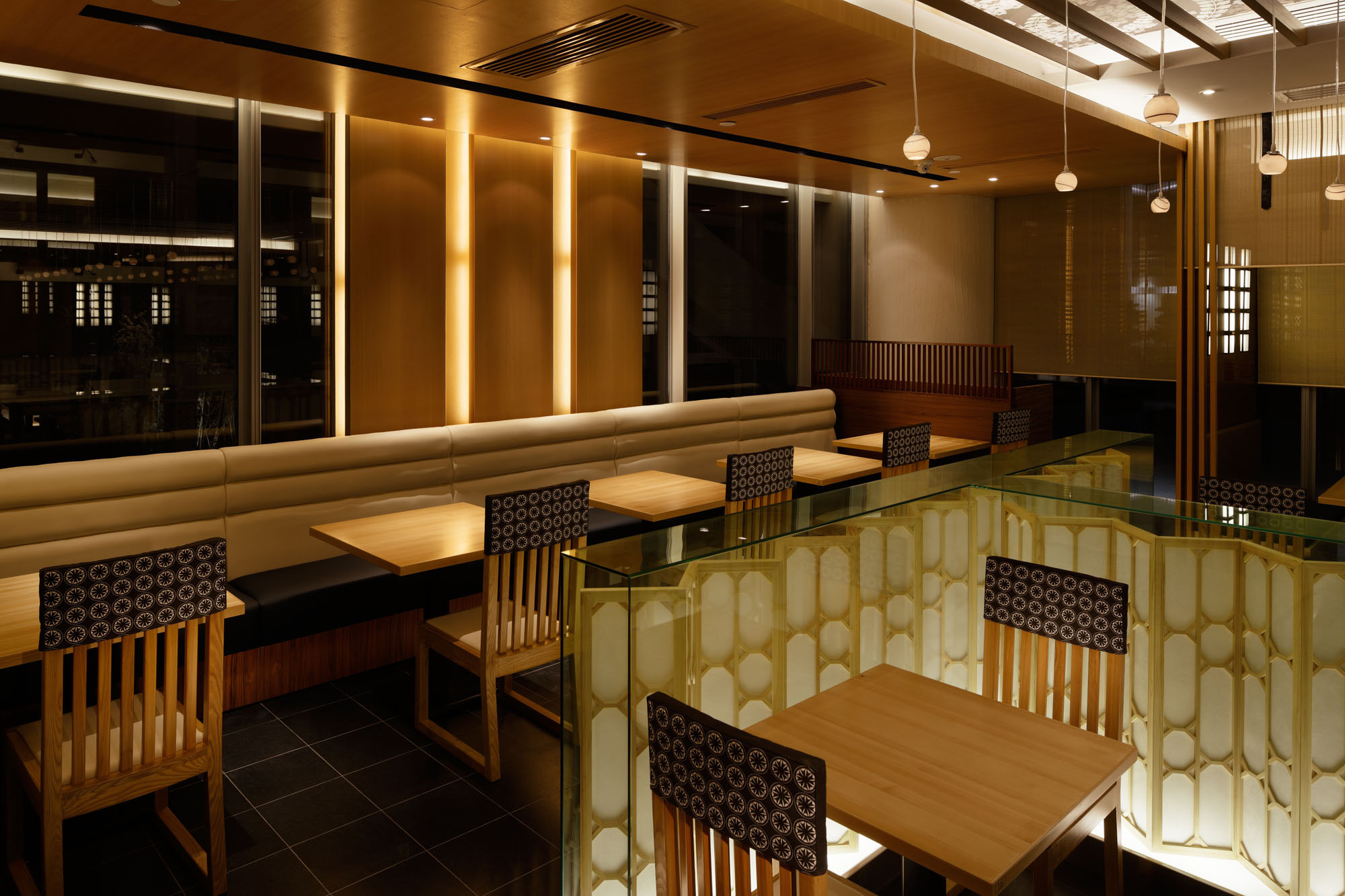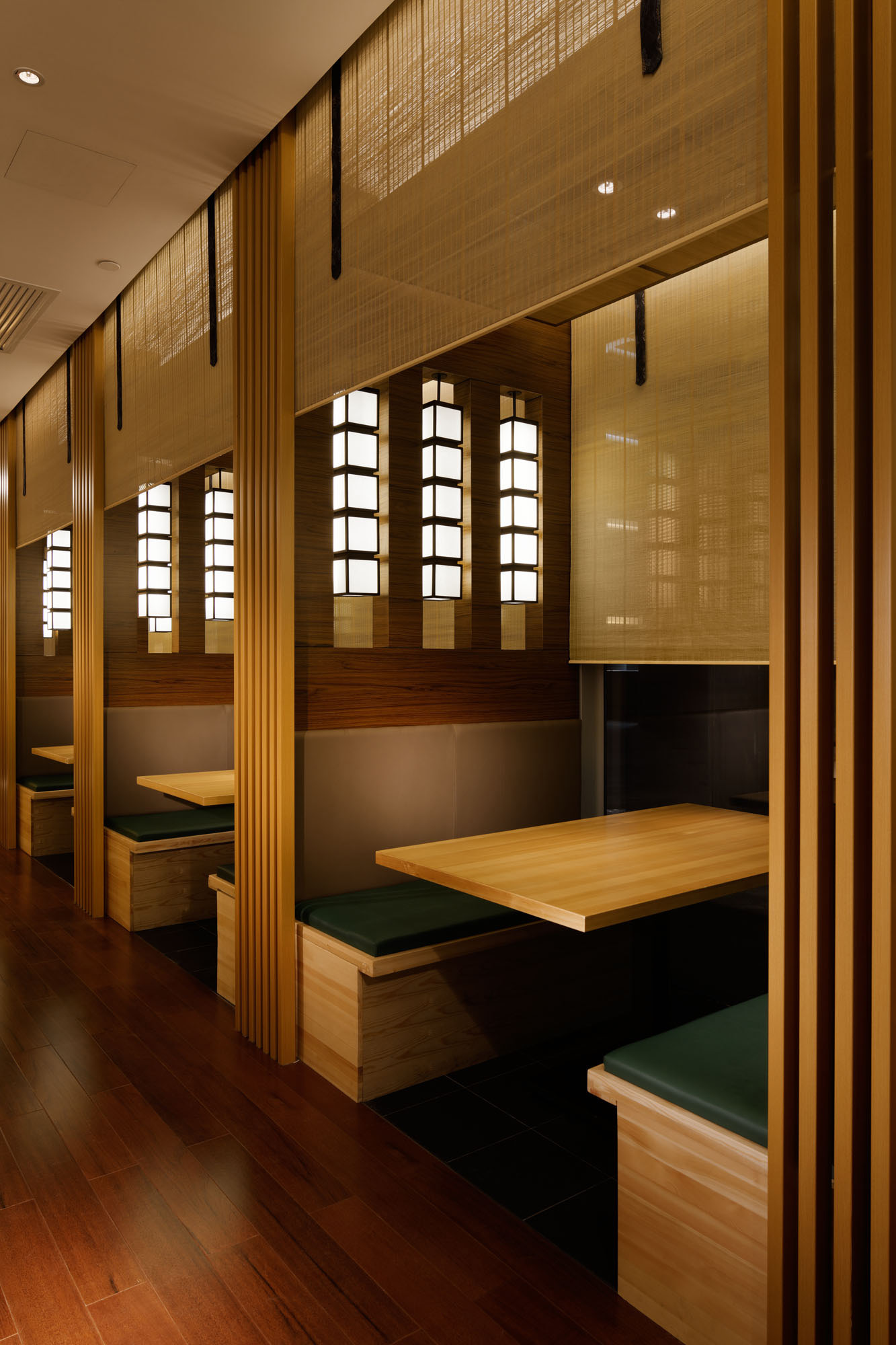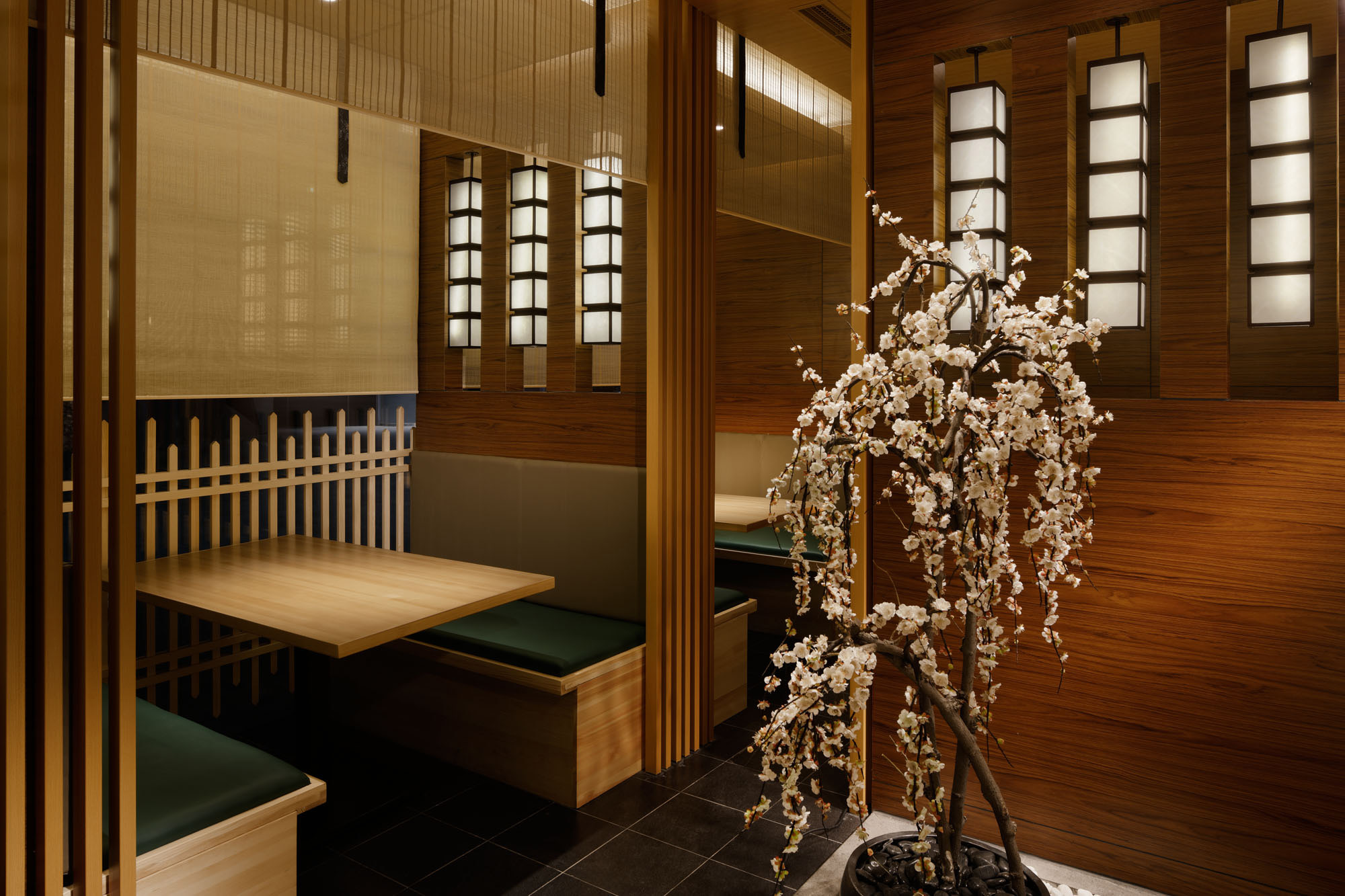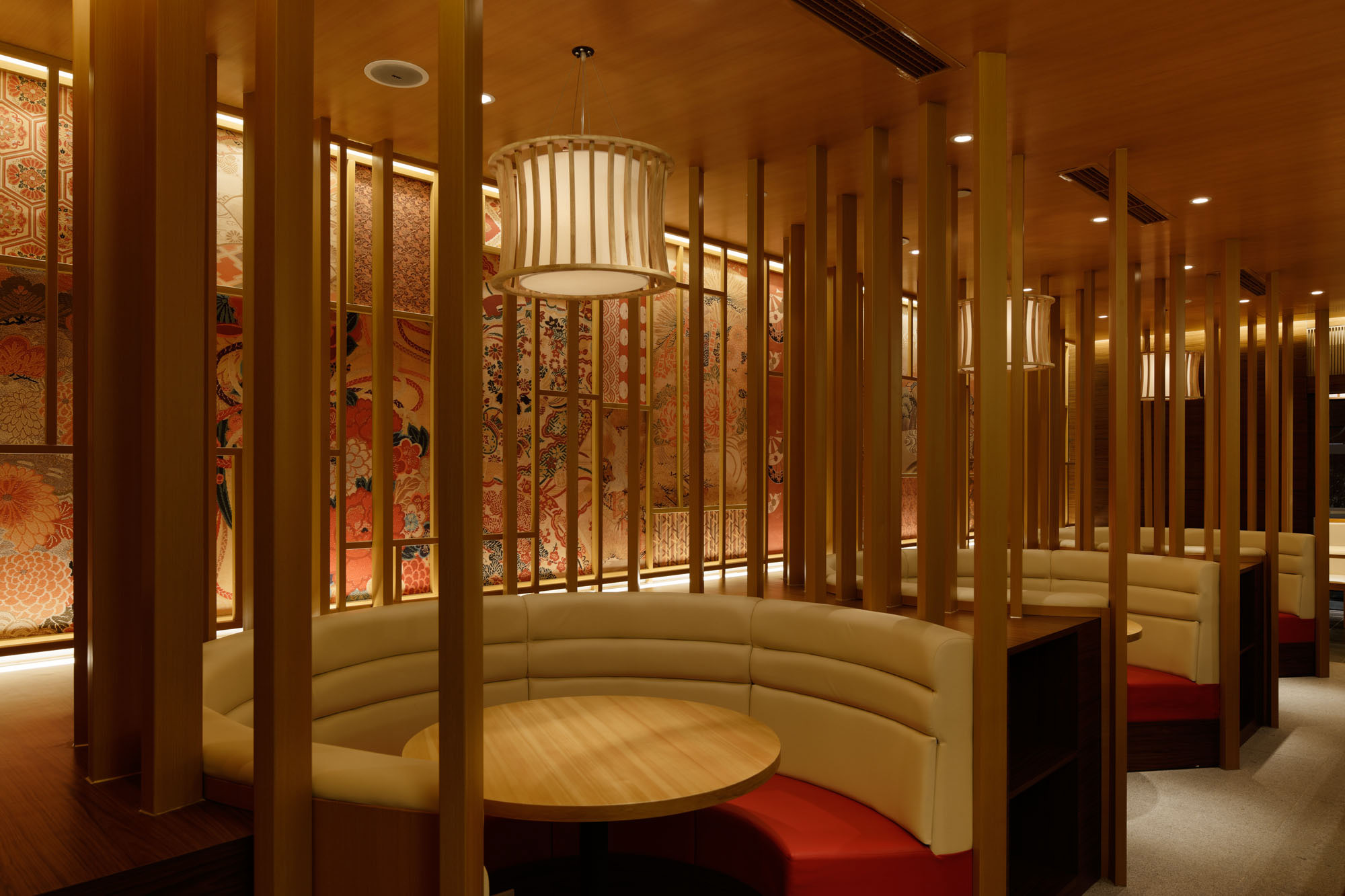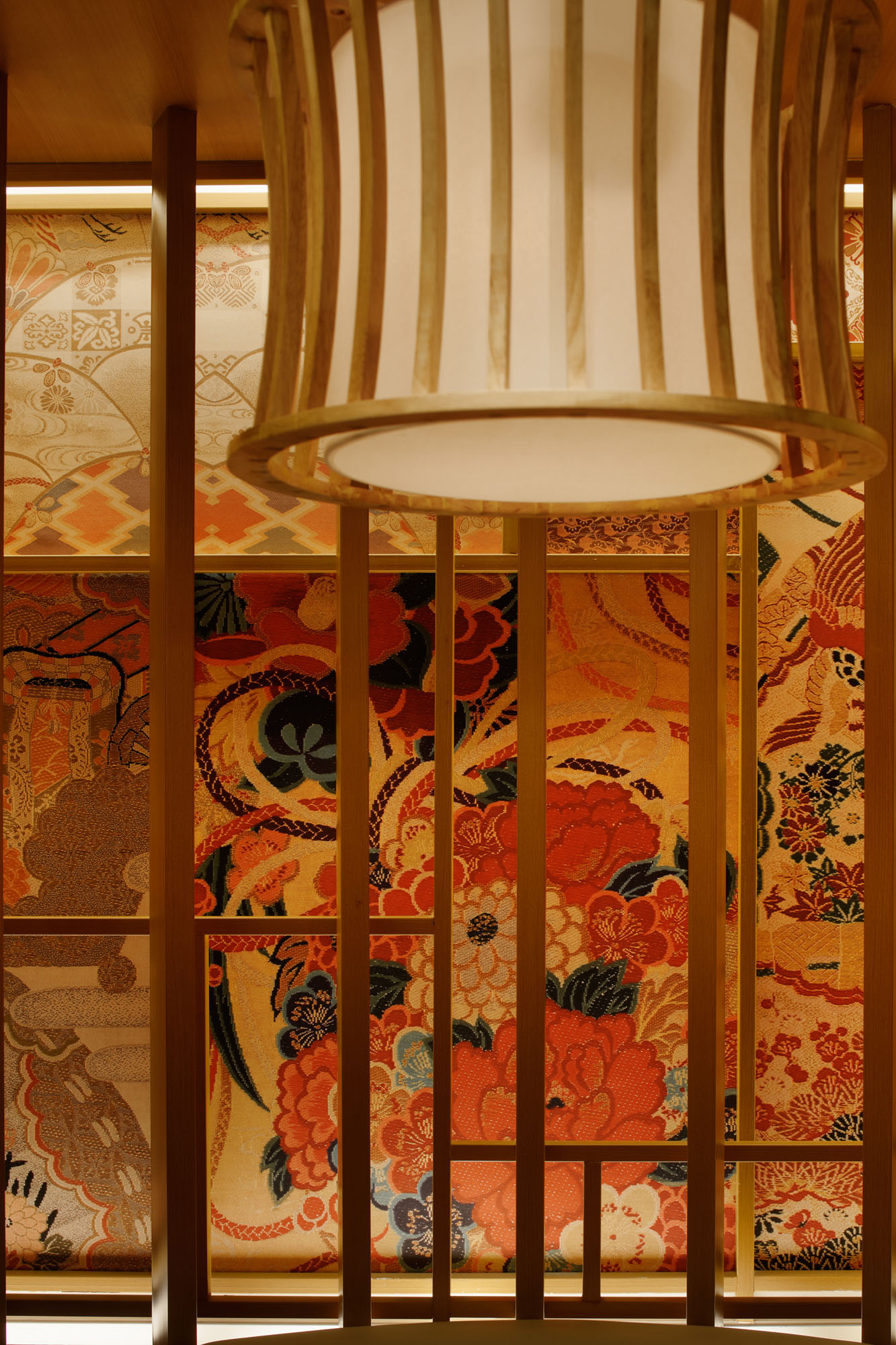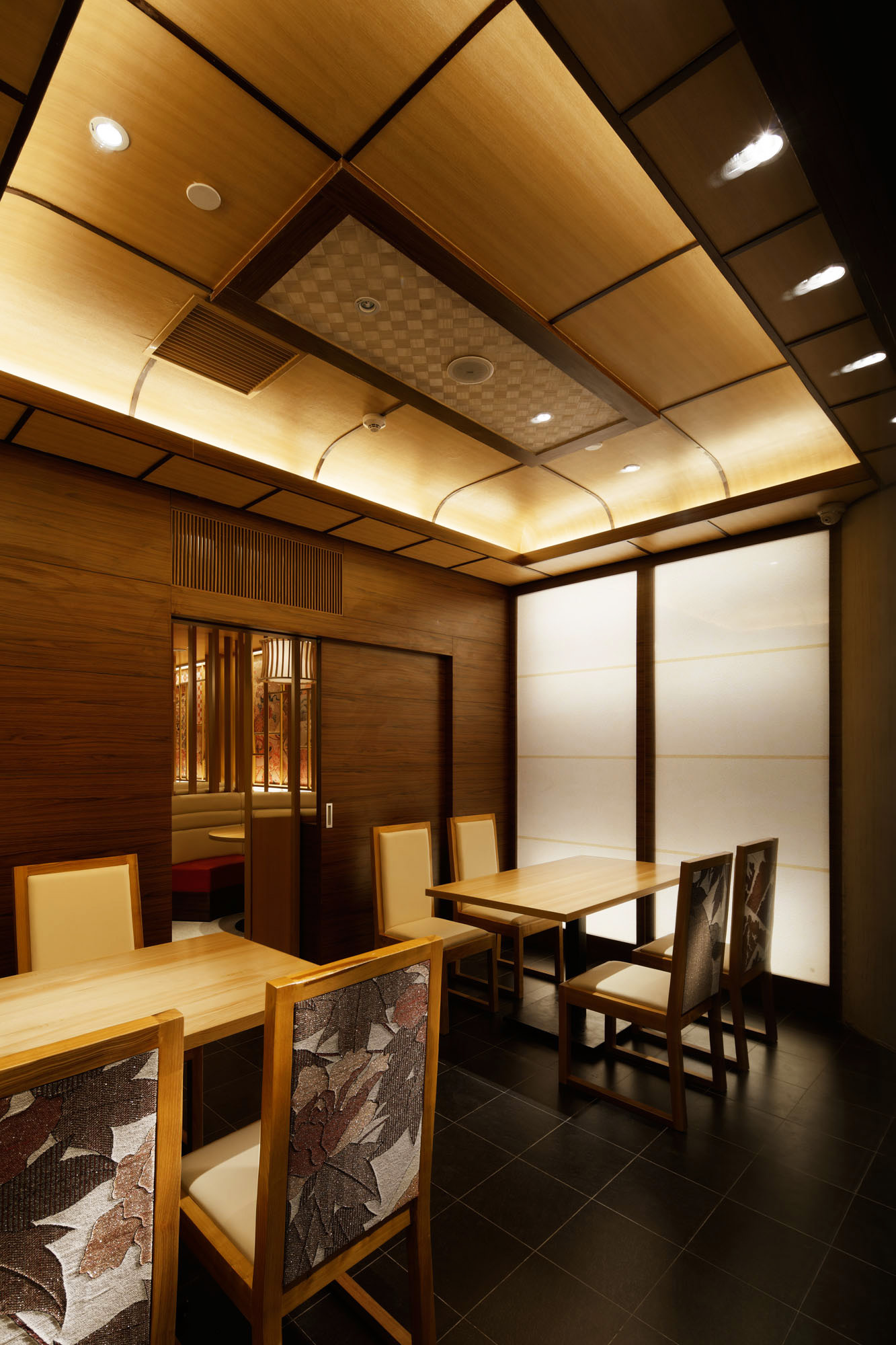さぼてん/北京1号店
Saboten Beijing The 1st
Restaurant
Beiling, China/2012.12
OVERVIEW
-
- READ OVERVIEW
-
-
伝統のディフォルメと程よいローカライズが日本のカルチャーを海外で受け入れすくする。
このレストランは日本のとんかつレストランチェーン「さぼてん」が中国に出店し1号店であり旗艦店です。ここでは今後のチェーン展開も視野に入れて、中国、さらには海外に展開する際に役立つマニュアルを作成する意図も含んだデザイの創出を目指しました。
ず私たちがチャレンジしたことの一つは、海外の方が好む"日本のイメージ"を的確に把握すること。そのイメージの多くはトラディショナルな「日本」であること着目し、現状、モダンなスタイルのこのブランドに対して、如何にトラディショナルを取り込むかに注力しました。手法としては、マテリアルにトラディショナル側面を加え、さらにディフォルメしつつ、スタイルはモダンに整えることで、新しいアイデンティティを創出し、多くの海外の方に理解しやすい成果物を目指しまた。
もう一つ、私たちがチャレンジしたことは、現地の文化を理解し、デザインやレイウトを部分的にローカライズした点です。それはパーティションの高さや位置、あるいは円卓の採用に現れています。これはローカライズと言いつつも、日本のホピタリティマインド「おもてなし」の一部として、顧客満足を高めるためを柔軟に考えた結果であり、和食レストランを中華レストランに近づけた、という意味でありません。
このようにして、私たちが中国に"お届け"した和食レストラン「さぼてん」は、幅広い年齢層のお客様からそれぞれ好評を得ると共に、日本人にとっても「トラディショナルな日本」を「現代の日本」と融合した好例として、新鮮な印象を与えるお店として注目を得られています。(井上愛之/ドイルコレクション)
Deformation of our tradition and good localization are essential in order to make Japanese culture easier to be accepted by foreign countries.
This is a Japanese cutlet restaurant chain called ”Saboten”, the first flagship restaurant in China.
Here, viewing the future visions of restaurant chain, we made designs that will become useful manuals when expanding to China and also overseas.
First of all, one of our challenges was to grasp the right understanding of “Japanese images” that the foreigners prefer. We focused mainly on” traditional Japan”. At present, compared with this modern style brand, we put in effort on how to incorporate this” traditional Japan”. One of our approaches was to add traditional aspects to the materials. Furthermore we made deformation and by adjusting this to modern style, we created a new identity. And this, in fact, made the foreigners easier to understand our outcome.
And here is another approach we challenged. We tried to understand the local culture and to partly localize the designs and layouts. You will see this from the height and position of the partitions. We also adopted round tables. This is one way of localization. Nevertheless, it is just one of our Japanese minds of hospitality known as ”Omotenashi”. We came up with this conclusion when we considered about improving customers satisfaction in a flexible way. But this does not mean that we created this Japanese restaurant so that it will look like Chinese restaurants.
In this way, Japanese restaurant Saboten that we “delivered” to China received good reputation to a wide range of customers.
And also to the Japanese, this restaurant gained attention with a fresh impression look. It has become an excellent example of integrating traditional Japan and contemporary Japan.< Aiji Inoue/Doyle Collection co. ltd. >
-
